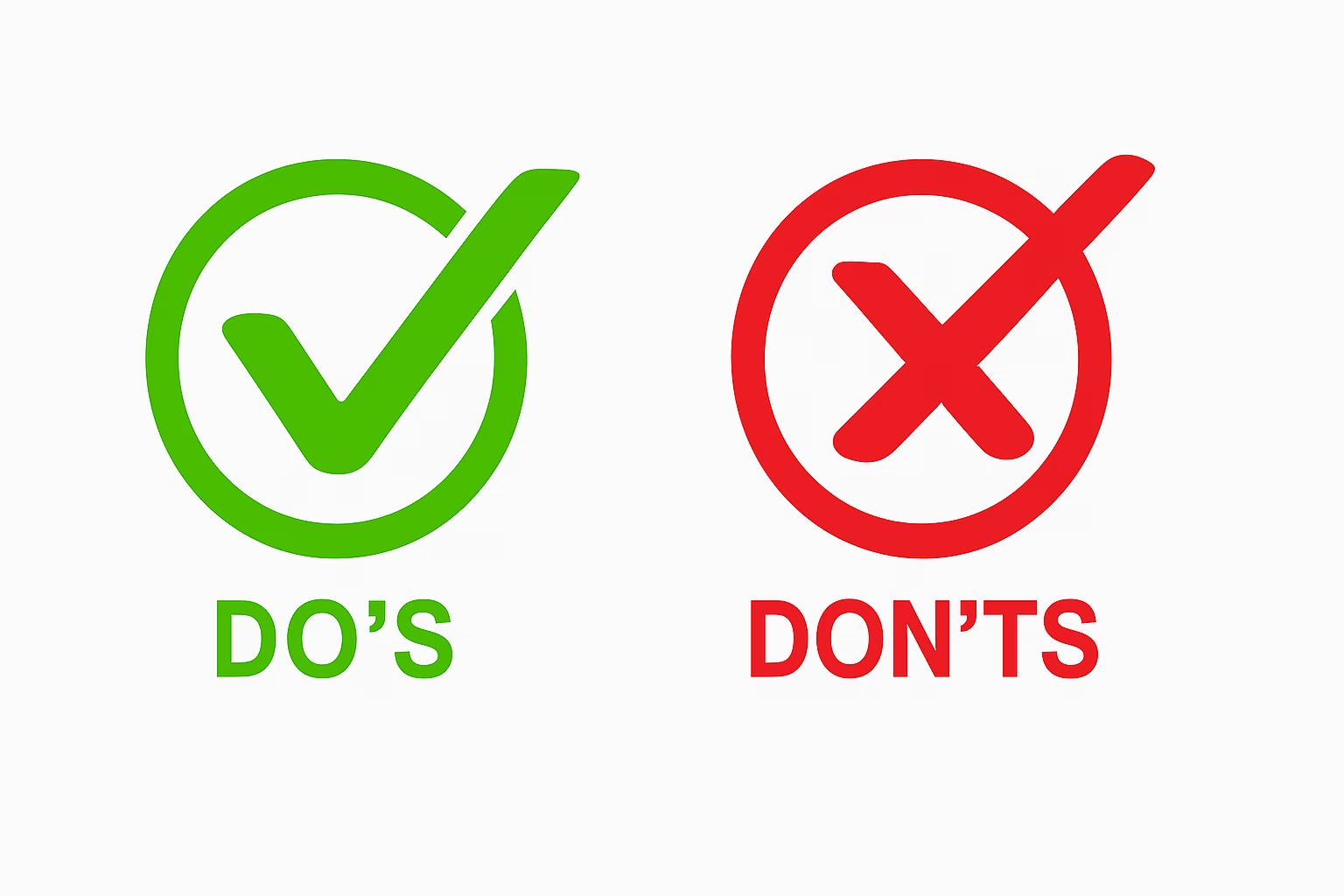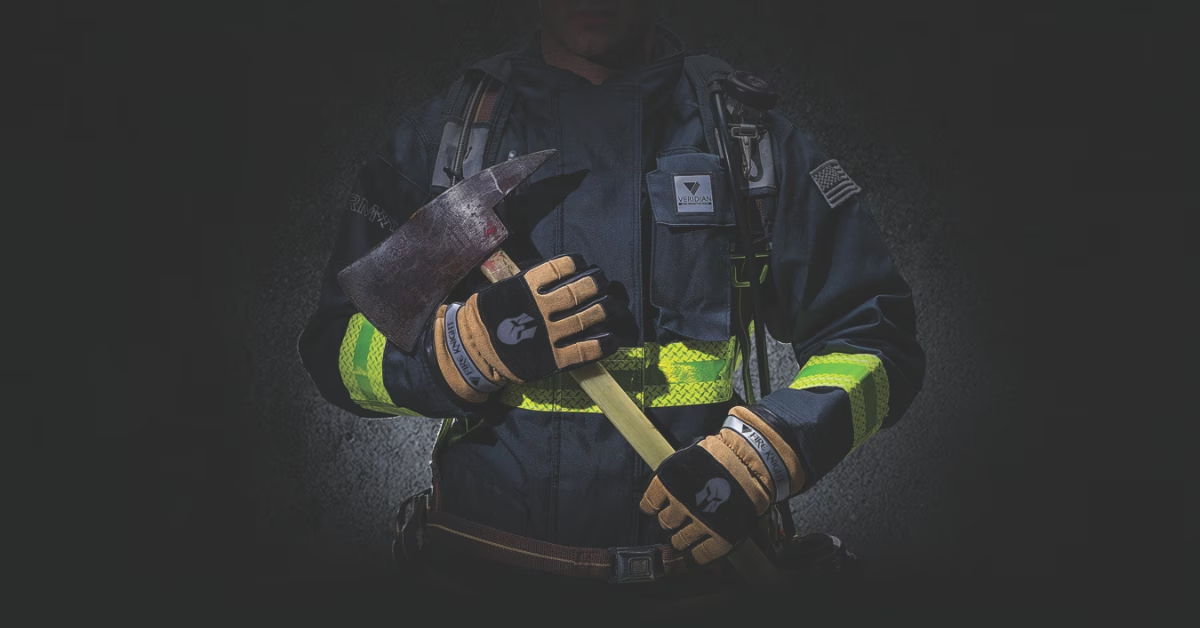Protecting your workers starts with proper preparation. It doesn’t matter how advanced or expensive your chemical suit is: if it’s not on and taken off correctly, it may fail to protect. Whether you’re a safety manager or a frontline worker using personal protective equipment (PPE), knowing how to don and doff hazmat suits correctly is critical.
In this guide, we’ll walk through key do’s and don’ts to help ensure your chemical suit performs as intended and your team stays protected.
Why Donning and Doffing Matters
Incorrect donning (putting on) can damage a suit before it’s even used, while improper doffing (taking off) poses a high risk of secondary contamination, especially when chemicals are invisible to the naked eye.
Even with high-quality suits, your safety depends on the process. That’s why training and attention to detail are non-negotiable.
Download our free Donning Doffing Do’s and Don’ts to access a complete checklist of donning and doffing do’s and don’ts.
Donning Hazmat Suits: Key Do’s and Don’ts
Do:
-
Include donning in your risk assessment. Consider how critical and complex it is—and what’s at stake if done incorrectly. This will guide the level of training needed.
-
Review your donning process regularly. Procedures can become outdated or ineffective as conditions and equipment change.
-
Train thoroughly. Never assume workers know how to properly use PPE—especially if switching to a new suit model.
-
Read the User Instructions. CE-certified suits include legally required documents that outline key limitations and proper use.
-
Inspect suits before use. Check for tears, seam gaps, or any damage from shipping or storage.
-
Use the restroom before donning. Once the suit is sealed, especially with tape, removing it may destroy it.
-
Sit down to don the suit. Standing on one leg while wearing safety boots can cause falls or suit damage.
-
Use a partner. Certain steps—like sealing the zipper flap with tape—can’t be done solo. A partner ensures everything is secure.
Don’t:
-
Skip training. Lack of training leads to improper fit and function.
-
Rush the process. Hurrying often leads to mistakes, wasted suits, or injury.
-
Try to don the suit while standing. It’s unsafe and can damage the suit, increasing your risk.
Doffing Hazmat Suits: Avoid These Critical Errors
Don’t:
-
Remove contaminated suits alone. This is when you’re most vulnerable to exposure. Always use a trained partner.
-
Unzip or peel off the suit without proper technique. The safest method is to “peel” the suit inside out, starting from the hood.
-
Stand while removing the suit (until the legs). Standing too early can result in slips or chemical transfer.
Do:
- Ensure the assisting partner wears gloves or suitable PPE. This protects them from secondary contamination
Training is Key and it’s Never “One and Done”
Even the best process won’t stick without reinforcement. Research shows that people forget up to 70% of training material within 24 hours. That’s why ongoing training and retraining are essential—not just a one-time event.
-
Create and maintain written donning and doffing protocols
-
Conduct regular hands-on practice
-
Partner with reputable PPE manufacturers for expert training and support
Partner with the Experts
Lakeland has over 40 years of experience in developing world-class chemical protective clothing. But our mission—Protect Your People™—goes beyond just delivering suits. It includes helping ensure your team knows how to wear them properly.
Contact us today to schedule a consultation on improving your donning and doffing procedures.
And don’t forget to download our free Donning Doffing Do’s and Don’ts guide for easy-to-follow checklists and reminders.



